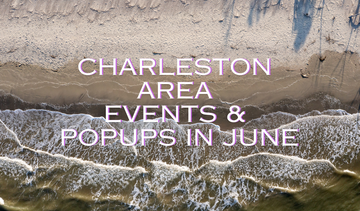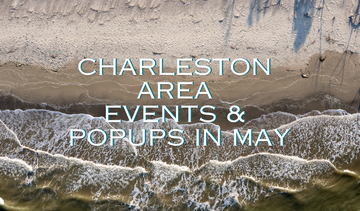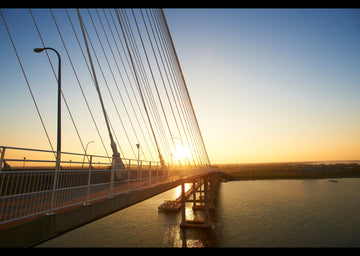
Who loves the smell of Pluff mud? We do! If you’ve ever taken a whiff as you pass through a saltwater marsh, you know what we mean. Ok. Yes. It can be pungent. Especially at low tide. But it’s home to countless plant and animal species. And a lot’s happening between the blades of dense marsh grass and deep in the sticky Pluff mud beneath it. Circle-of-life-stuff. All the more reason to protect and respect the marsh – and all wetlands – for their natural beauty. Smells and all.
How Many Kinds of Wetlands Are There?
Overall, there are two main categories of wetlands: coastal, which are tidal, and inland, which are not.
From there, you have specific kinds of wetlands depending on location, climate, type of soil, vegetation, water chemistry, and more.
How many of these names have you heard? Freshwater marsh, salt marsh, inland marsh, wet meadow, wet prairie, prairie pothole, playa, vernal pool. (If we’re being honest, we only know a few of these.)
So, Why Are Wetlands So Important?
Check out this info from our friends at the Carolina Wetlands Association.
- Wetlands act like a sponge. They absorb and hold water so surrounding areas and communities won’t flood.
- They protect shorelines from erosion.
- Wetlands provide critical habitat for endangered species and other wildlife
- They filter water for swimming, boating, fishing, as well as drinking.
- They help recharge groundwater levels and regulate the flow of streams.
- Wetlands are feeding areas for fish and shellfish.
- They are incredible locations for recreation and education.
- They sequester more carbon than any other ecosystem. Even the rain forest.
And the EPA itself sums it up pretty well by saying, “Wetlands are among the most biologically productive ecosystems in the world.”
What Puts Them at Risk?
Humans are a big part of the problem. Urban development, pollution, deforestation, and the wood pellet industry put wetlands in danger. Then there’s invasive species, the withdrawal of ground or surface water, erosion, and sedimentation.
Thankfully, organizations like the Carolina Wetlands Association are trying to reverse damage and preserve existing wetlands one at a time. The area they cover includes:
- North Carolina of which 14% of the land mass is composed of wetlands – about 4.2 million acres.
- South Carolina, of which 20% of the land mass is composed of wetlands – about 3.8 million acres.

They are currently working on the Stoney Run project in North Carolina. They received a $70,000 grant from the North Carolina Land and Water Fund in October 2021 to assess a 2-mile stretch of Stony Run, engage the surrounding community with the effort, and develop plans to restore the wetlands and establish a park. The planning effort is underway and should be completed next year in July. Restoration efforts will follow funded by a separate grant.
Ultimately, their restoration goals for this 2-mile stretch of wetland include removing a concrete dam and establishing a wetland park with a trail system.
You Love Them, But How Can You Help Them?
“One of the biggest things is to enjoy the wetlands,” said Sarah Morton, outreach coordinator for the Carolina Wetlands Association. “The other is to keep learning about them. Education is the key to the persistence of these eco systems.”
“Most people love the wetlands,” she said. “They love going kayaking, hiking, picnicking in and around wetlands, but it's important to know how important these ecosystems are. For example, 70 percent of threatened or endangered species in North Carolina rely on wetlands at some point in their life.”
You can also be part of the solution.
Morton suggests:
- Join cleanup operations in your area. Or, if you’re in North or South Carolina, signup to volunteer with the Carolina Wetlands Association.
- Join a citizen's monitoring program.
- Pay attention to what’s happening in your community, especially construction/development.
Keep Learning, Keep Getting Out There
Wetlands make up about 5.5% of land in the lower 48 states. About 95 percent of these are freshwater. The other 5 percent is marine or estuarine. Considering wetlands are one of the most biologically productive, we have to keep educating ourselves about how we can help protect, preserve, and enjoy these incredible ecological communities.
Head on over to the Carolina Wetlands Association website to learn more. We also recommend checking out their Wetland Treasures.





